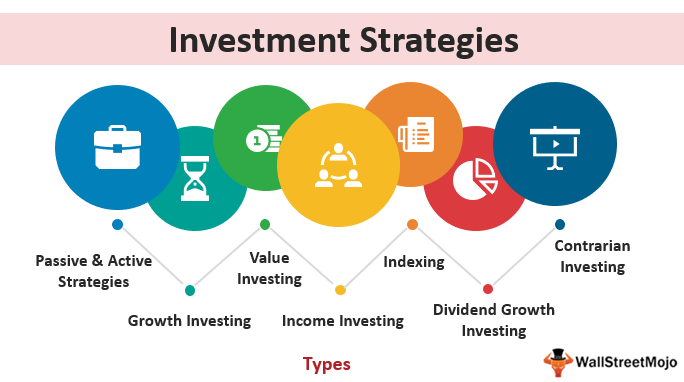One of the biggest challenges for businesses, especially small ones, is managing their cash flow effectively. Cash flow management involves keeping track of incoming and outgoing cash to ensure that the company has enough funds to cover its expenses and grow. In this article, we will discuss some cash flow management tips to help businesses maintain a healthy cash flow.
Create a Cash Flow Forecast
One of the first steps in managing cash flow is to create a cash flow forecast. A cash flow forecast is a projection of the company’s cash inflows and outflows for a certain period, usually a month or a quarter. By creating a forecast, businesses can anticipate any cash shortages or excesses and plan accordingly.
To create a cash flow forecast, start by listing all the expected cash inflows, such as sales revenue, loans, or investments. Next, list all the anticipated cash outflows, including expenses like rent, salaries, and utilities. Deduct the outflows from the inflows to calculate the net cash flow for each month.
Review the cash flow forecast regularly and make adjustments as needed. By having a clear understanding of your cash flow, you can make informed decisions to manage any cash shortfalls or surpluses.
Manage Cash Inflows and Outflows Efficiently
To maintain a healthy cash flow, it’s essential to manage both cash inflows and outflows efficiently.
Cash Inflows
Implementing strategies to speed up cash inflows can significantly impact your cash flow. Consider offering discounts for early payments, accepting multiple forms of payment, or implementing a digital invoicing system to streamline the payment process.
Additionally, set clear payment terms with your customers and follow up promptly on any overdue payments. Taking proactive steps to collect outstanding receivables will help ensure a steady cash inflow.
Cash Outflows
On the other side, businesses can also manage cash flow by optimizing their cash outflows. Negotiate favorable payment terms with vendors, explore bulk purchase discounts, and consider leasing equipment instead of buying it outright. By minimizing unnecessary expenses, businesses can maximize their cash flow.
Build an Emergency Fund
Having an emergency fund is crucial for businesses to navigate unexpected challenges or mitigate cash flow disruptions. An emergency fund should be set aside specifically for unforeseen expenses or emergencies, such as equipment repairs or decreased sales.
Allocate a portion of your profits to build up an emergency fund gradually. Aim to have at least three to six months’ worth of essential expenses saved in this fund. Having this safety net can provide peace of mind and ensure that your business remains stable during uncertain times.
Monitor Inventory and Expenses
Proper inventory management is essential for maintaining a healthy cash flow. Holding excess inventory ties up capital that could be used for other operational expenses. On the other hand, inadequate inventory can lead to missed sales opportunities.
Regularly review your inventory levels and identify slow-moving or obsolete items. Consider implementing just-in-time inventory systems or establishing partnerships with suppliers for faster turnaround times. By optimizing your inventory levels, you can reduce carrying costs and improve cash flow.
Similarly, monitoring and controlling expenses is crucial for effective cash flow management. Review your expenses regularly and identify areas where you can cut costs without compromising the quality of your products or services. Negotiate better deals with suppliers, reduce energy consumption, or explore cheaper alternatives for certain materials or services.
Utilize Cash Flow Management Tools
Technological advancements have made it easier than ever to manage cash flow effectively. There are numerous cash flow management tools available that can help businesses streamline their financial processes.
Consider using accounting software to automate invoicing, track expenses, and generate cash flow reports. Additionally, there are specialized cash flow management platforms that offer real-time visibility into your cash flow, allowing you to identify and address any issues promptly.
Investing in the right cash flow management tools can save you time and effort, and provide valuable insights into your company’s financial health.
Conclusion
Managing cash flow is essential for the long-term success of any business. By creating a cash flow forecast, managing cash inflows and outflows efficiently, building an emergency fund, monitoring inventory and expenses, and utilizing cash flow management tools, businesses can ensure that they have enough cash on hand to cover their expenses and sustain growth.
Implement these cash flow management tips in your business and watch as your cash flow becomes more stable and predictable, allowing you to focus on driving your company forward.


